

As content developers for a science education website, we always operate with the nature of science hovering in the background. The Science Learning Hub was a pioneer in making the nature of ...
READ MORE

This Connected article, written and illustrated by Adele Jackson, looks at the discovery that fish and eels are using Wellington’s stormwater system as access between streams and the sea. Rights ...
READ MORE

Plant reproduction is a topic that lends itself to many areas within the junior and middle school curriculum. This teacher resource provides a number of literacy and numeracy links to New Zealand ...
READ MORE

Scientists from Lakes380 – Our lakes’ health: past, present, future sampled around 10% of lakes in Aotearoa New Zealand larger than 1 hectare (about the size of a rugby field). They collected ...
READ MORE

This citizen science project wants your assistance to extract information from various climate scientific graphics to help combat misinformation and support scientific communication. Using this ...
READ MORE
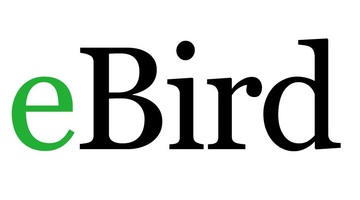
This comprehensive worldwide online citizen science (OCS) project collates bird species, numbers, locations and times of sightings into a large database. You can create a class as a user and, by ...
READ MORE
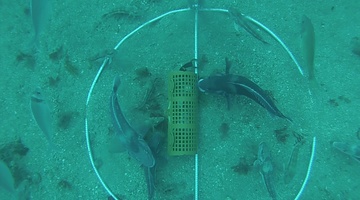
Come and visit Aotearoa New Zealand’s underwater world in this online citizen science project. Discover, count and identify unique fish species that live within our marine reserves ...
READ MORE
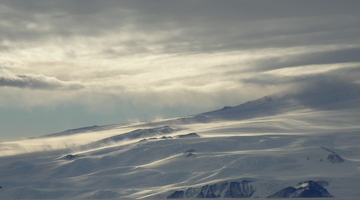
This research brief focuses on how one secondary school teacher used a Science Learning Hub activity to develop her year 9 students’ science and literacy skills. For this, she used a variety of ...
READ MORE
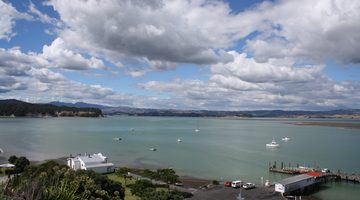
With 75% of New Zealanders living within 10 km of the coast, many students will be familiar with estuaries. In scientific terms, estuaries are the interface between the land and the sea – the ...
READ MORE
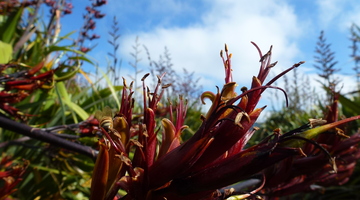
In ecological terms, wetlands are ecotones – transitional habitats between terrestrial and aquatic ecosystems. They provide a mixture of habitats and are capable of supporting a diverse range of ...
READ MORE
Rewi Newnham is a palynologist and professor of physical geography at Victoria University of Wellington. In this video, Rewi discusses some of the different methodologies that underpin ...
READ MORE
Environmental DNA (eDNA) is a useful technique for discovering what is living in or around a lake. The technology finds evidence of living organisms that we may not be able to see using our ...
READ MORE
Researcher Erina Watene-Rawiri describes the life cycle of eels. Updated science: In this video Erina explains that the leptocephali – eel larvae – 'float' back upstream on the current. Current ...
READ MORE
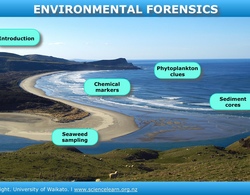
Dr Candida Savage explains the clues she collects in estuaries and fiords, to understand how changes in land use affect these environments. Click on the labels to watch the videos for more ...
READ MORE
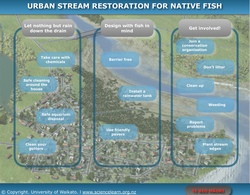
This interactive looks at some of the measures you can take to look after your local stream – because if you’re looking after your local stream, you’re looking after our endangered native fish ...
READ MORE
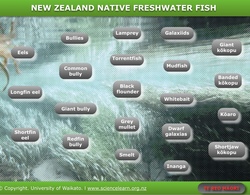
Meet some of our New Zealand native freshwater fish and learn more about them and their preferred habitats. Click on the name of the fish or group of fish to learn more.
READ MORE